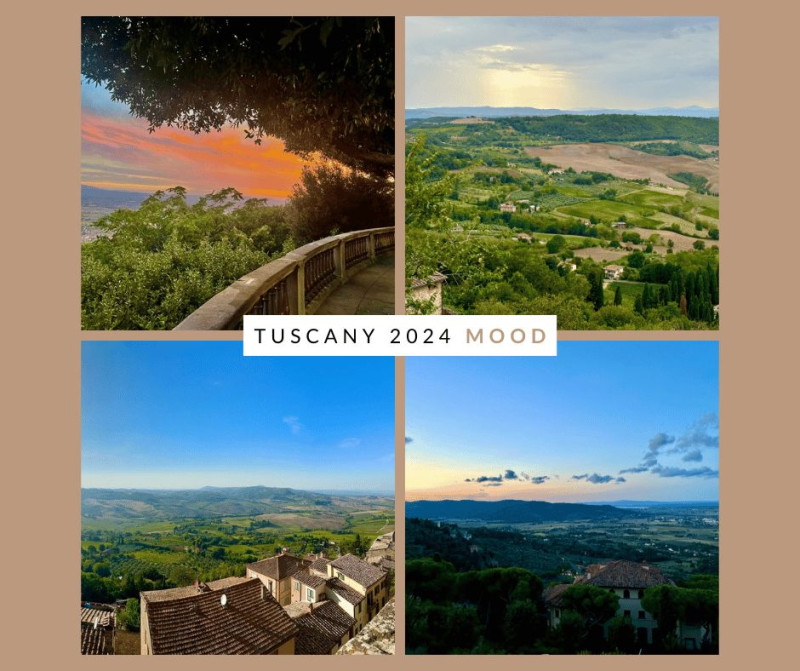Indulge in a tantalizing journey through the culinary delights of Tuscany, where each bite captures the essence of Italy.
Table of Contents
Travel articles have the remarkable ability to transport readers to new destinations, offering a sensory journey that blends informative insights with captivating storytelling. Through vivid descriptions and personal anecdotes, these articles uncover hidden gems and cultural nuances, inspiring wanderlust in concise and engaging narratives. In this guide, we will explore how to write compelling travel articles that captivate readers and inspire them to explore the world.
Conduct Research
Before embarking on your writing journey, it’s essential to conduct thorough research on your chosen destination. Whether it’s a bustling city or a remote village, understanding the history, culture, attractions, and practical information of the location will provide a solid foundation for your article. Consider visiting the destination or speaking with locals to gain firsthand insights that will enrich your writing and resonate with your readers.
Develop a Unique Angle
With countless travel articles available online, it’s crucial to find a unique angle that sets your writing apart. Look for a personal connection or a distinctive perspective that will add depth to your narrative. Highlighting hidden gems and cultural nuances can also help distinguish your article and provide readers with invaluable insights they won’t find elsewhere.
Craft an Engaging Narrative
The key to writing a compelling travel article lies in crafting an engaging narrative that captures the imagination of your readers. Start with a captivating introduction that draws them in and sets the tone for the rest of your piece. Use descriptive language and sensory details to paint a vivid picture of the destination, allowing readers to immerse themselves in the sights, sounds, and flavors of the place you are describing. Personal anecdotes and experiences can also add a personal touch to your writing, making it more relatable and engaging.

Image courtesy of www.localwineevents.com via Google Images
Provide Informative Insights
While storytelling is essential in travel writing, providing informative insights is equally important. Include practical tips and advice for readers who may be interested in visiting the destination, such as the best time to visit, transportation options, and recommended accommodations. Highlight must-see attractions, local cuisines, and cultural traditions to give readers a taste of what the destination has to offer. Sharing personal recommendations based on your own experiences can also add authenticity to your article and help readers plan their own adventures.
Inspire Wanderlust
As you conclude your travel article, aim to leave readers feeling inspired and eager to explore the destination themselves. Encourage them to step out of their comfort zone and embrace new experiences, whether it’s trying a traditional dish or participating in a local festival. End on a high note, reminding readers of the beauty and excitement that awaits them in their own travel adventures. Include a call to action, such as a list of resources for further travel planning or a link to your own travel blog for more inspiration.
By following these guidelines and incorporating your unique voice and perspective, you can write compelling travel articles that transport readers to new destinations and inspire them to embark on their own adventures. Savor the flavors of storytelling and let your words paint a vivid picture of the world waiting to be explored.
Generated by Texta.ai Blog Automation








